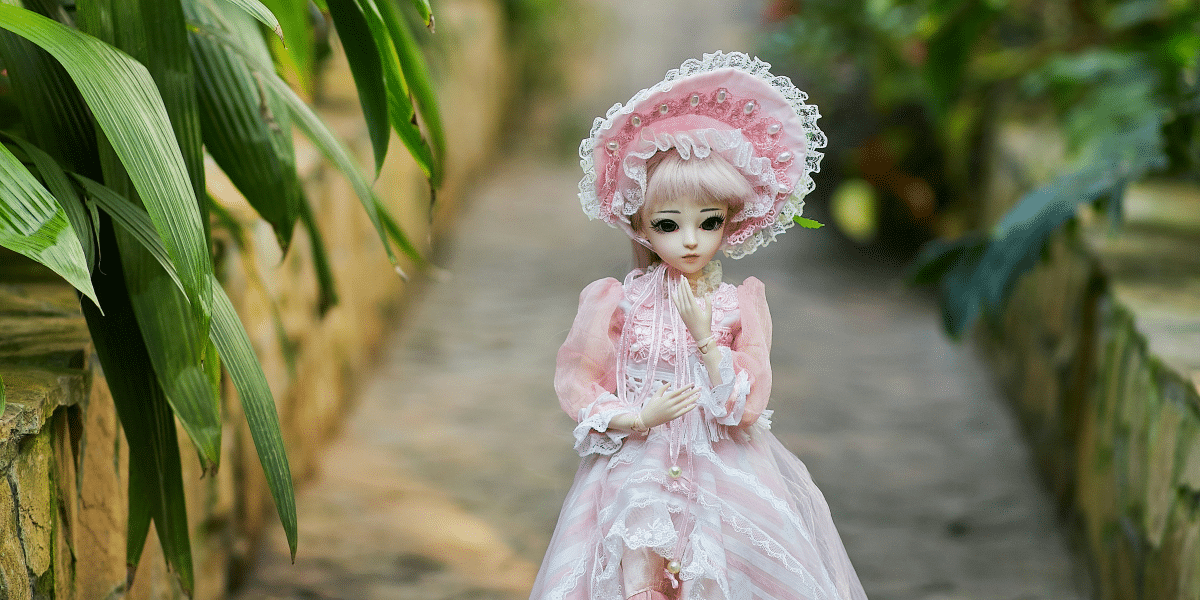The brutal realities of trench warfare during World War I were unimaginable. Soldiers stationed in muddy trenches for months on end craved a connection to normalcy and a reminder of life beyond the battlefield. Remarkably, soldiers on both sides of the conflict defied the desolate landscape by cultivating small wartime flower gardens. These gardens, meticulously maintained in shell craters and spare corners of trenches, featured an array of wildflowers, vegetables, and even ornamental blooms. As a military historian observes, “These gardens, existing in such harsh conditions, became a powerful symbol of hope and resilience for soldiers yearning for peace and the comforts of home.”
During World War I and World War II, governments actively encouraged citizens to plant victory gardens. These gardens, established in backyards, parks, and even public spaces, aimed to supplement food supplies strained by wartime rationing and logistical challenges. Planting victory gardens became a patriotic act, allowing civilians to contribute directly to the war effort while bolstering food security on the home front. The success of these initiatives was undeniable, with victory gardens producing a significant portion of fresh produce consumed during wartime. “Victory gardens became a potent symbol of self-reliance and collective action, demonstrating the power of ordinary citizens to contribute to the war effort,” notes a social historian.
War, with its relentless violence and chaos, inflicts deep wounds on the psyche. For soldiers, the trauma of combat – witnessing unimaginable horrors and facing constant danger – can shatter one’s sense of safety and control. Similarly, civilians enduring bombings, displacement, and loss, experience profound fear and an overwhelming sense of helplessness. Wartime flower gardens offered a small sanctuary within this turmoil, providing a therapeutic outlet for processing these overwhelming emotions.
The simple act of planting a seed, nurturing its growth, and witnessing the emergence of vibrant blooms offers a powerful counterpoint to the destruction of war. In a world ravaged by conflict, tending to a garden restores a sense of agency and control. The responsibility of caring for living things offers purpose and structure, combatting the disorientation that often accompanies war. Additionally, connecting with nature through gardening provides a sense of grounding and tranquility, a stark contrast to the anxiety and hypervigilance that often plague those exposed to war’s horrors.
Wartime flower gardens also served a restorative purpose. For soldiers recovering from the physical and psychological wounds of battle, gardens became places of both physical and mental rehabilitation. The repetitive and focused tasks of gardening can be meditative and calming, offering a respite from intrusive thoughts and memories. Furthermore, witnessing growth and the fruits of their labor provided tangible evidence of their ability to heal and nurture, rebuilding a sense of hope and optimism that may have felt lost. “In the face of war’s destruction, gardens cultivate resilience. They offer a space for healing, reminding those affected that life persists, and beauty can still be found,” observes a therapist specializing in treating war-related trauma.












